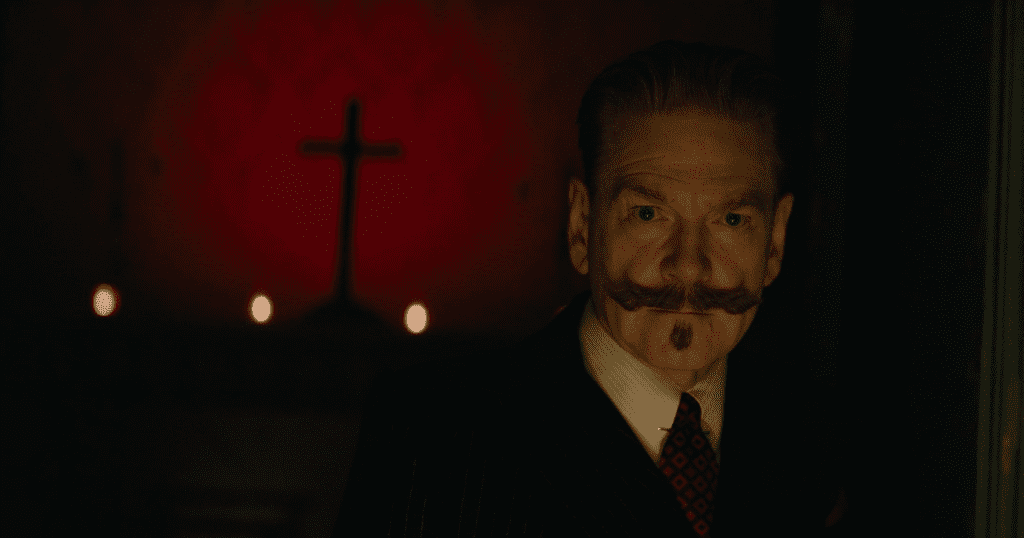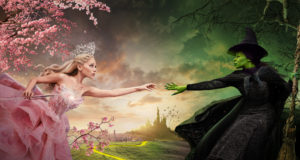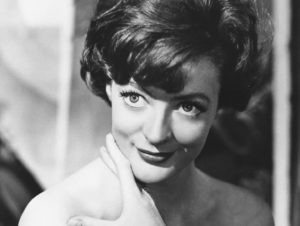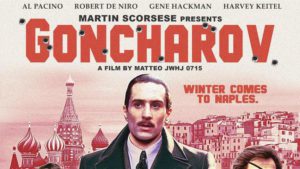‘A Haunting in Venice’: reinventing Agatha Christie’s mystery with a layer of horror
Branagh’s latest installment of the Hercule Poirot mystery series is currently in theaters, with the Halloween season just around the corner. The movie is based on prolific English author Agatha Christie’s 1969 novel ‘Hallowe’en Party’ and incorporates heavy horror elements to the storyline.
British actor and filmmaker Kenneth Branagh is back with a third Agatha Christie adaptation, a movie based on the crime author’s novelHallowe’en Party, one of her lesser-known but nonetheless enthralling books. In the manner of the previous films, Murder on the Orient Express (2017) and Death on the Nile (2022), A Haunting in Venice follows the typical whodunit outline, with all its defining features including the range of compelling characters, dark atmosphere, the main crime and its intended motive, the climax and naturally, a detective at the heart of the investigation.
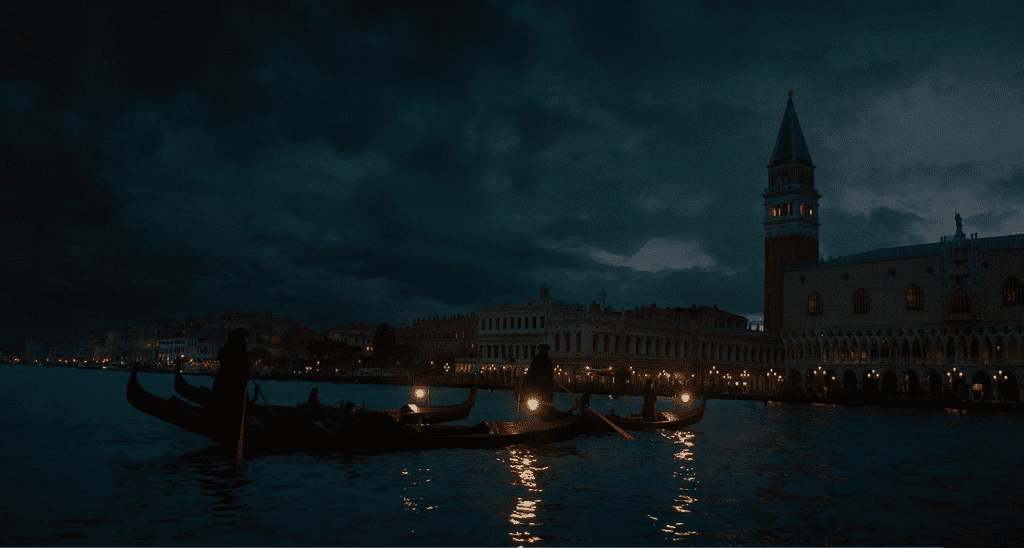
Belgian sleuth Hercule Poirot (Kenneth Branagh), one of Agatha Christie’s most renowned and long-running characters, is now retired and self-exiled when his old friend and famous mystery novelist Ariadne Oliver (Tina Fey) persuades him to probe the integrity of a medium, Joyce Reynolds (Michelle Yeoh), who bereaved Rowena Drake (Kelly Reilly) specially hired in an attempt to communicate with her late daughter Alicia. Poirot reluctantly accepts to attend a séance for the sake of uncovering the truth, only to be involved in a first murder, upon which he decides to make it his mission to find the culprit.
The direction of the movie captures the attention of the viewers by using eerie shots, a disturbing soundtrack and does not shy away from breaking the tension through the addition of jumpscares, consisting of abrupt changes in imagery and viscerally jarring sounds, although some, specifically the horror enthusiasts, would consider these scenes as leaning more towards the cliché side. Moreover, the undeniably stellar cast delivered a fantastic performance, as expected.
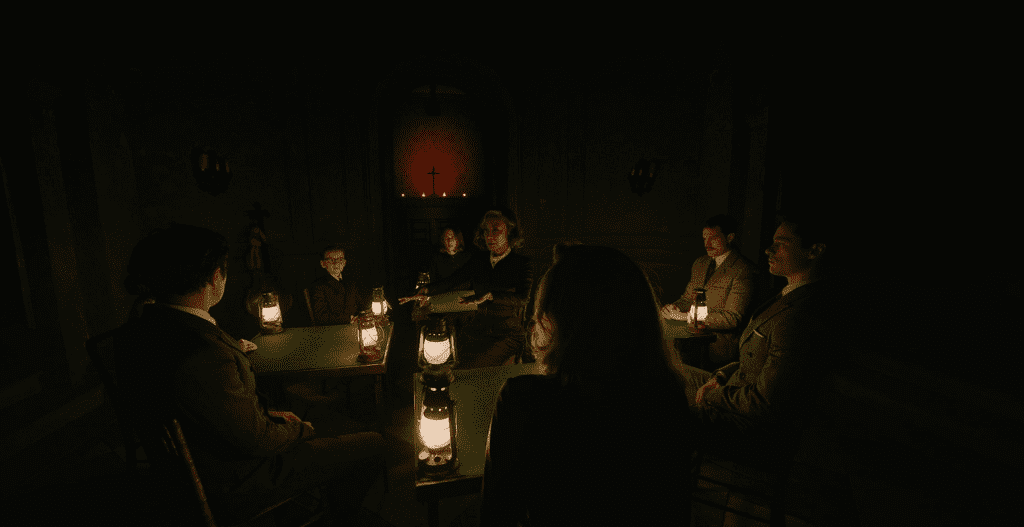
When the mystery meets the supernatural
The concept of double narrative, inherent notion that distinguishes the whodunit from the thriller, entails a split of the plot where two stories coexist within a scenario, the first one being centered around the crime itself and the second one recounting the reconstruction of the crime. One is gradually revealed and the other is blatantly shown throughout.
In A Haunting in Venice, a layer of horror is added to the narrative, which misleads the audience who consequently has to swing between the paranormal and the logical explanation to the crime. This component is not officially disproved at any point of the ominous storyline and contributes to the distinctiveness of the adaptation. The plot is slow-paced in the beginning but progressively escalates towards the climax of the film.
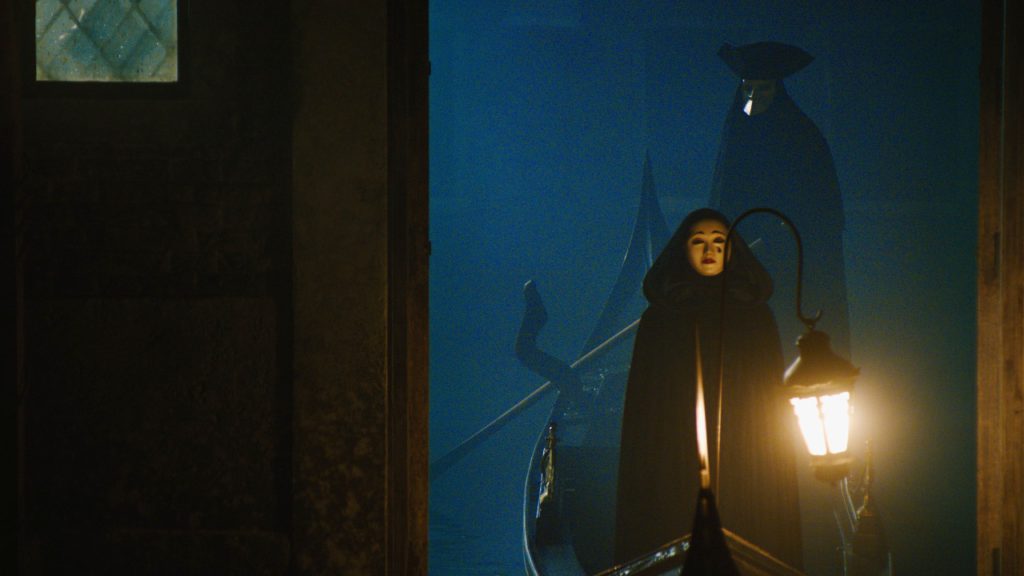
A complete deviation from Christie’s novel
Surprisingly, the movie takes an entirely different direction from the source material, Hallowe’en Party, and from Dame Christie’s literary universe in general and, while some viewers regard the transformed story as an upgrade, others favor the Queen of Crime’s original work.
Hallowe’en Party takes place in the English countryside during the Halloween season, propitious setting for an unsettling murder mystery, while the plot of A Haunting in Venice unfolds in one of the world’s most popular cities, Venice, Italy. This confers the movie an alluringly unique and unnerving atmosphere, which perfectly suits the plot and amplifies the gothic horror.
The Haunting in Venice characters also highly differ from the familiar and beloved recurring characters of Christie’s work, notably the movie’s version of Poirot, who is made to be very loud, apprehensive and nervous, as opposed to the English author’s Poirot, usually very composed, collected and a master of his emotions. Similarly, Mrs. Oliver, who often accompanies Poirot throughout his adventures, is portrayed as devoid of sympathy towards her old friend, albeit some of her original character traits were still transferred to the screen, her legendary confidence for instance. Lastly, the victim, Joyce Reynolds, a 13-year-old girl who witnessed a murder and is subsequently killed to conceal the evidence, is perceived as much older in the adaptation.
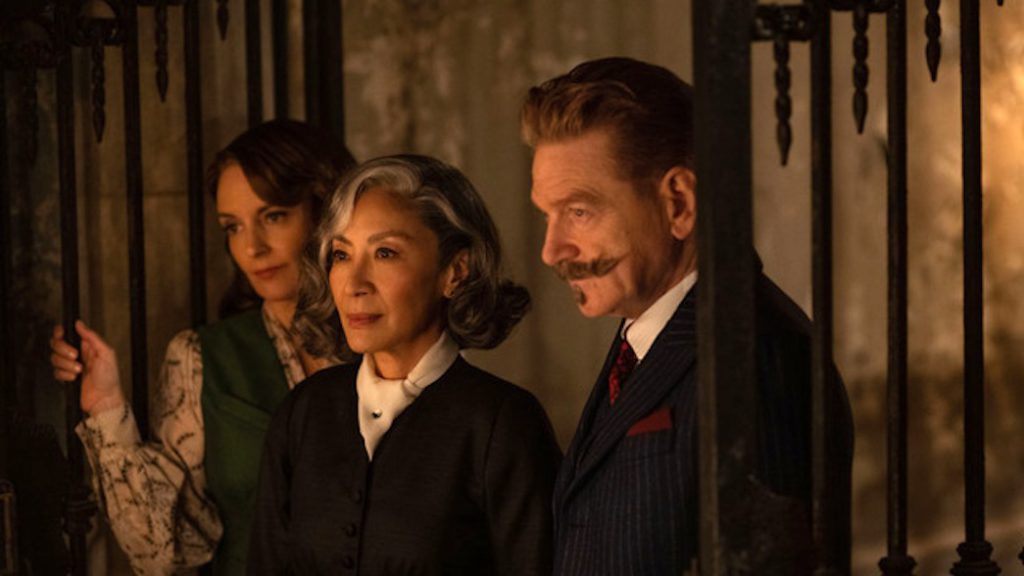
The horror aspect of the movie is undoubtedly the most striking alteration, as Dame Christie never ventures into the supernatural, but rather restricts the plot to the ordinary main characters at hand and builds up unfathomable and unforeseeable twists from there, which is possibly the reason why many felt the film’s outcome was quite predictable. One of the most riveting and even traumatizing parts of the novel implies the drowning of the victim in an apple-bobbing tub, a segment that was kept but modified in the movie as well. Initially a hyper complex plot in the book, A Haunting in Venice displays a simplified version of the story and does not go astray from its common thread.
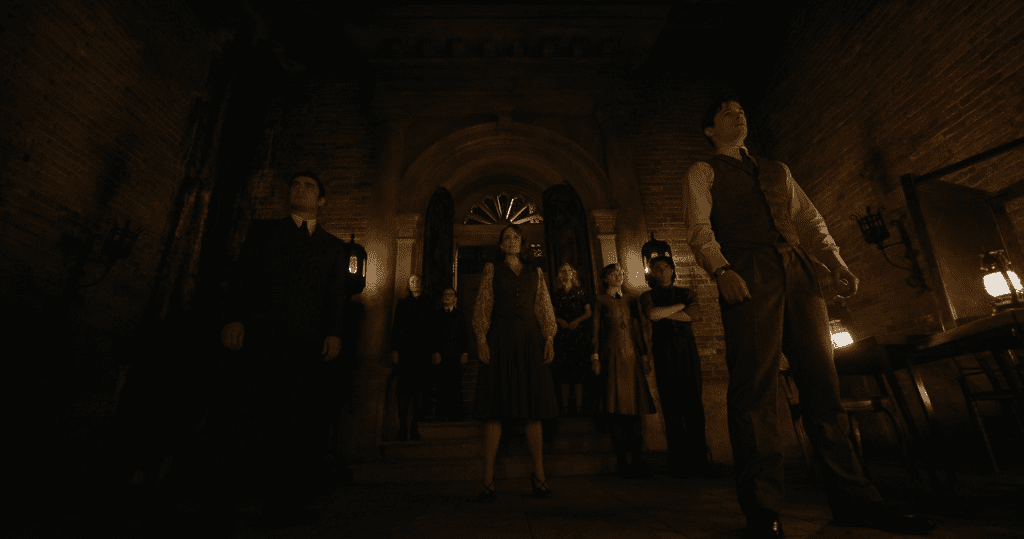
I personally repeatedly made the tempting mistake of comparing the movie to Christie’s work with preconceived expectations, being a die-hard fan of the eminent crime author, and having read Hallowe’en Party and followed Hercule Poirot’s journey for a long time. Instead, it would probably be wiser to approach the movie with an open mind. Overall, with its impressive cinematography, the movie is entertaining and definitely keeps its viewers on the edge of their seats, a perfect story to discover for the upcoming Halloween season.
A Haunting in Venice Official Trailer:
